In the 2019 Cloth Nappy Survey, almost 25% of parents found the biggest challenge to getting started with cloth nappies was because they didn't understand the different styles/types.
We want you to feel great about the cloth nappies you buy for your baby. Whether its 100% or 50% of your nappy use, everything you need to know is here. We hope this information helps you feel confident with all the issues and terminology you will face with our Ultimate Guide.
Cloth Nappy awareness is on the rise in Australia thanks to some important university research and a huge change in eco-consciousness among parents.
This comes on the back of two landmark studies on the environmental impact of disposable and cloth nappies. One in 2008 by the UK Environmental Protection Agency and one in 2009 by the QLD university School of Engineering.
Local Councils throughout Australia are also getting on board supporting cloth nappy libraries and even subsidies in some cases, to acknowledge the waste reduction that can result in their local communities. Nappies are becoming serious business. Meanwhile, in the home, parents are discovering that cloth nappies are a joy to use, saving them thousands of dollars and ending the urban myth that they are hard work.The Decision Making Checklist for your cloth nappies.
Step 1: Do some research and discover what is important to you.Are Cloth Nappies Really Better for the Environment?
Until recent university research examined this question, there has always been a reasonable question mark over the environmental impact of detergents and washing compared to disposable nappy production and waste disposal.How many nappies will I need?
This depends on whether you plan to use cloth full-time or part-time. It can also depend upon the brand you use. The age of your baby will also determine how many changes per day you need. Your retailer is knowledgeable on the needs of the brand they sell so they are the best adviser in this regard.What age do I start using cloth?
Newborn is a great time to start using cloth as it sets you up for eco-friendly parenting from the beginning and the best financial savings are to be had from day 1.How long will my nappies last?
Like most things in life, this depends entirely on the quality of the fabric and the brand you purchase. Those cheap $6 nappies may not be looking so great after a few months! The price of the $25-30 nappy suddenly makes sense when they keep their absorbency and don’t leak. A second major factor is your laundry care. Follow the manufacturer and retailer instructions and you will get a long life from your nappies.Cloth Nappies seem expensive?
It is one of the largest false economies there is to compare a packet of disposable nappies that will be gone in a few days to a cloth nappy that will be used many times, even with the cost of detergents, water and electricity. The style of nappy you choose will determine how much you need to spend. You can get a set of full time, organic cotton nappies for only $400 but you can spend up to $800 on fashionable fitted nappies. The extra cost of fitted nappies is worth the convenience to many cloth users. All these costs are thousands of dollars less than disposable nappies and their accessories.Costs comparison chart for cloth and disposable nappies per child
Cost estimates covers variation in brands. We encourage you to do your own cost comparison based on a specific brand once you have chosen a brand of nappies and accessories.
| CLOTH | DISPOSABLE | ||
| Nappies Nappy Covers and boosters Nappy Wipes Face Wipes Breast Pads Change Mat Swimmers Bibs Water,Elec,Detergent |
$200 – 600 $200 $90 $75 $50 $30 $30 $50 $500 |
Nappies Nappy Wipes Face Wipes Breast Pads Change Mat Swimmers Bibs *Council Garbarge Rates not included |
$3-4000 $1000 $500 $250 $300 $500 $300 |
| TOTAL COST $1000+ | $6000+ | ||
Isn’t washing a hassle? I don’t want to clean poo!
Thanks to the invention of the wonderful, paper thin nappy liner which 99% of cloth nappy parents use, there is a lot less hassle for dealing with poo these days. A Nappy Liner is laid inside your cloth nappy before use to ensure you can toss or flush the poo in the toilet easily. This leaves only wet nappies to wash. Washing Nappies are no different to baby clothes and bedding. I have timed cloth nappies to take 8 mins a day to organise and wash. While this may seem like a lot of time to some parents, it was often a joyful part of our daily routine with the right attitude. I would talk and sing with my baby and he would sit in my baby carrier on my chest as I hung nappies on the line. It was just part of our routine. A healthy happy attitude to washing as one of the many joys of parenthood certainly helps!
Quick Washing Tips
- Toss Poo in the Loo!
- Use a Nappy Liner to make the above easy.
- Rinse soiled nappies before washing if necessary.
- Have enough nappies so you only need to wash every second day
- Line dry instead of the dryer will prolong fabric life
- Full Sun will fade Nappy Patterns so turn nappies inside out on the line
GLOSSARY OF CLOTH NAPPY TERMS
Here is a list of the lingo you may come across when researching cloth nappies.A fitted nappy with the water resistant layer sewn on the outside of the nappy, creating a one step nappy that is quick to use. Usually take longer to dry but liked for the one step.
Similar to all in ones except the booster usually snaps in and out easily. The purpose is to ensure faster drying times and to aid the absorbency of the nappy. Waterproof outer layer and absorbent inner layer can be washed and dried separately
Three items to one nappy. A booster, the main nappy and a nappy cover.
It can dramatically damage some nappy fabrics so its worth investigating if this happens to you. Best to look this one up as there is a lot to say. See our reference guide at the back of this article for links to more information.
An absorbent pad made from any fabric, which is added to a nappy to increase its absorbency.
A fabric square or rectangle, usually made from flannel, bamboo or terry, that is used instead of a disposable wipe to clean baby’s bottoms. You add water or use dry.
Another name for a booster – absorbent pad made from any material. Place inside a nappy to increase absorbency.
A no water solution for dirty nappies. Dirty nappies are placed in a dry bucket until washing day. 24 hours max is usually recommended to avoid staining and smelling. After dry pailing, nappies can be placed strait into the washing machine. A cold pre-rinse may be required, followed by an ordinary warm wash. This method is more environmentally friendly than soaking and is useful if water shortage is an issue. Always refer to manufacturer instructions before using this method. Dry Pailing will prolong the life of most nappy fabrics.
This refers to a reusable nappy cover that can have cloth or disposable insert. Hence the term hybrid. You determine if you need a disposable or cloth insert depending on your activities that day. Disposable inserts are usually biodegradable but not always. Check with your retailer.
A specialised absorbent booster pad used inside a pocket nappy to make it absorbent. Usually a pocket nappy term.
A much loved accessory for any cloth nappy user. Disposable or Cloth options available. Designed to make cleaning cloth nappies easy and to reduce nappy staining. Poo is collected on the liner and you simply remove the liner for flushing poo, then place wet only nappies in your nappy bucket or machine. Disposable liners are made from biodegradable materials like bamboo or corn-starch. Cloth liners are usually made from polar fleece, micro fleece, polyester, wool or silk as these allow the moisture to wick through to the absorbent part of the nappy.
This is a general description referring to any pre-shaped nappy that involves little or no pinning or folding. They include nappies like AIO,AI2 and pockets.
A shaped nappy made from an outer water resistant layer, and in inner stay dry layer. A pocket opening at one or both ends allowing the absorbent material to be ‘stuffed’ inside the nappy.
You can say this as either P-U-L, or Pull). PUL is a soft clear coating of polyurethane that is chemically and heat applied to the back of fabrics resulting in a product that is both waterproof and has a small amount of breathability. The size 1MIL, or 2MIL etc refers to the thickness of the laminate. The laminate is applied to either cotton fabric or polyester fabric.
A washing technique for when nappies suddenly seem to be less absorbent or smells. Only needed with some fabrics. Instructions can be found on line using a homemade solution of detergent. Some new products are on the market now for strip washing as well.
Fabric pants are fitted like a nappy but not designed for absorbency, usually made from nylon and sometimes with a fabric lining. Designed to keep poo in the pants, not in the pool. A great alternative to disposable swim nappies which seem to be widely accepted as standard, even though they are a product that is only 15yrs old. Babies have been swimming for a long longer than that!
A reusable waterproof bag to store used nappies in, usually features a drawstring or zip closure. Very handy for when you are out and about.
Glossary of Nappy Fabrics
Bamboo
Super absorbent depending on the weave. Bamboo is considered a renewable resource produced mainly in China. Can take a little longer to dry than other fabrics but that’s’ because its highly absorbent.
Hemp
Feels like linen so is usually combined with other fabrics like cotton for softness. Highly absorbent but can take a little longer to dry. A sustainable fibre that is absorbent and has more longevity than most natural fabrics. Not necessarily chemical-free but likely. Check with your manufacturer for certification on Hemp Fabrics. Very little water is needed to grow and harvest hemp.Applied to fabric to make a moisture proof yet breathable layer. See Glossary above for further explanation.
Suede cloth
A 100% polyester fabric that is very soft to the touch. It is used as the lining in nappies and wicks wetness away from babies skin. It is highly stain resistant.
REFERENCES and Recommended Reading.
1. LIFE CYCLE ASSESSMENT: REUSABLE AND DISPOSABLE NAPPIES IN AUSTRALIA
http://s3.amazonaws.com/zanran_storage/www.crdc.com.au/ContentPages/44777470.pdf
2. UK NAPPY STUDY
https://www.gov.uk/government/uploads/system/uploads/attachment_data/file/291130/scho0808boir-e-e.pdf
3. 2008 UK nappy life cycle assessment
https://www.gov.uk/government/uploads/system/uploads/attachment_data/file/291132/scho0808bois-e-e.pdf
4. The Australian Nappy Association
http://www.australiannappyassociation.org.au/
5. Nappy Laundering
http://nappylaunderingaustralia.weebly.com/
6. WAHM – If you like the idea of beinga work at home mum. This site offers an on line forum and support
http://www.wahm.com.au/
7. One of the first Health Studies I ever found 15 years ago was this study. It still amazes me that there is not more public awareness of this
http://adc.bmj.com/content/83/4/364.full8. Participate in the next Gusiness Book of Records attempt
https://www.facebook.com/greatclothdiaperchange
9. University of Ohio “ the diaper decision. Not a clear issue”
http://www.mindfully.org/Plastic/Diaper-Not-Clear.htm
10. Charity that collects unused disposable nappies.
http://www.thenappycollective.com/
11. Cloth Nappy reviews and awards
https://www.facebook.com/ClothNappyAwards
12. Disposable nappies, are they stinking up our planet?
http://www.australianscience.com.au/environmental-science/disposable-nappies-are-they-stinking-up-our-planet/
13. Myth Busters http://cgmrb.blogspot.com.au/2013/10/cloth-diaper-washing-myth-busters.html?m=1



![Swim Nappy Bundle [Ship Oct 5 - 10] - Mimi & Co](http://mimiandco.com.au/cdn/shop/files/swim-nappy-bundle-ship-oct-5-10-5796576.jpg?v=1761125410)

![Tiny Transitions™ Training Undies [January Preorder] - Mimi & Co](http://mimiandco.com.au/cdn/shop/files/tiny-transitions-training-undies-january-preorder-9963304.jpg?v=1765939975&width=1200)
![Reusable Bamboo Mimi™ Wipes [5 Pack] - Mimi & Co](http://mimiandco.com.au/cdn/shop/files/reusable-bamboo-mimi-wipes-5-pack-7600782.jpg?v=1761445103)




![Reusable Mimi® Menstrual Underwear [Shipping 31/9] - Mimi & Co](http://mimiandco.com.au/cdn/shop/files/reusable-mimi-menstrual-underwear-shipping-319-6508918.png?v=1759809525)




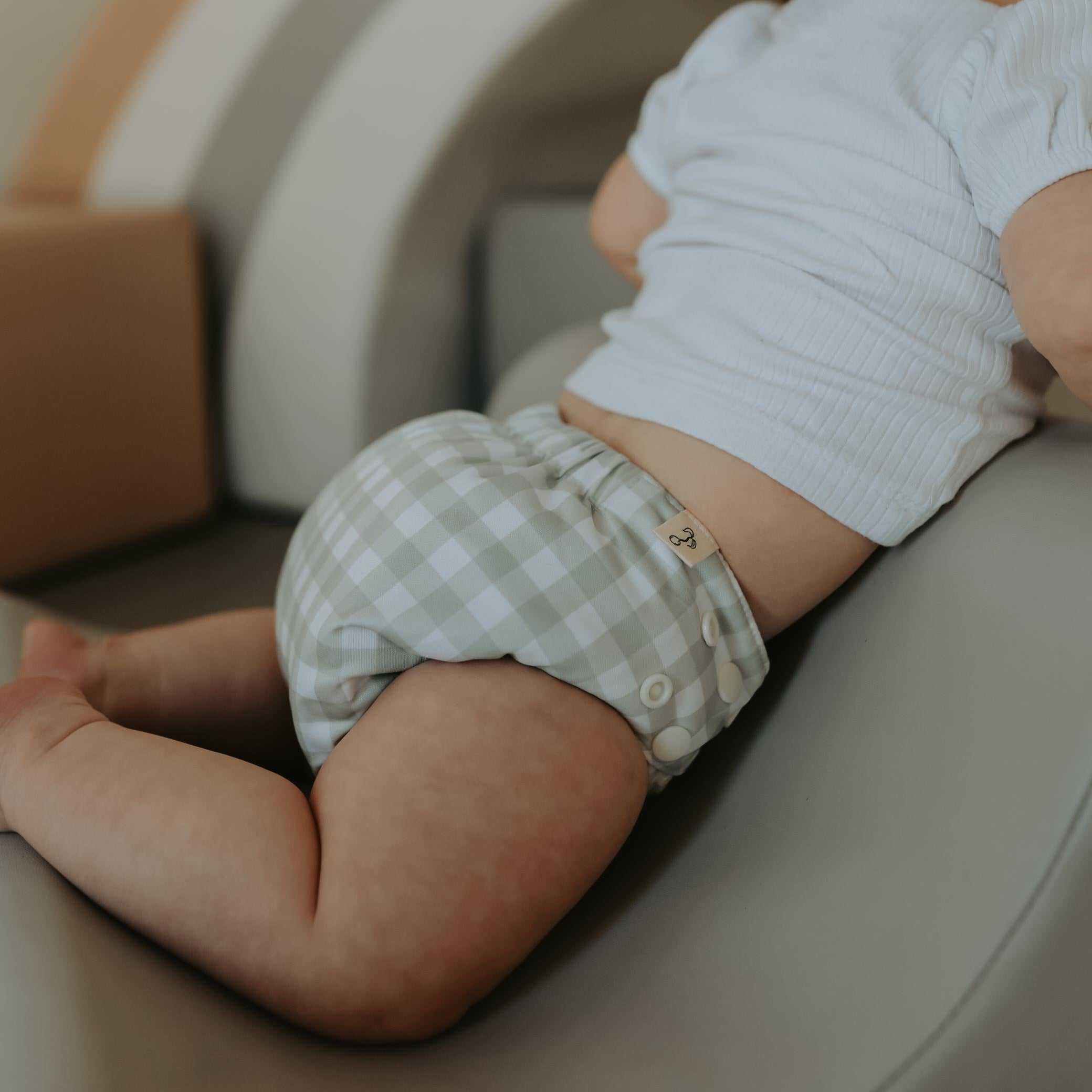


![One Size Fits Most Preflat [PreOrder] - Mimi & Co](http://mimiandco.com.au/cdn/shop/files/one-size-fits-most-preflat-preorder-761880.webp?v=1759809321&width=104)



![Tiny Transitions™ Training Undies [January Preorder] - Mimi & Co](http://mimiandco.com.au/cdn/shop/files/tiny-transitions-training-undies-january-preorder-9963304.jpg?v=1765939975&width=104)

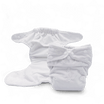








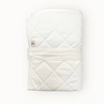


![Reusable Bamboo Wipes [5 Pack] - Mimi & Co](http://mimiandco.com.au/cdn/shop/files/reusable-bamboo-wipes-5-pack-580411.webp?v=1764820089&width=104)
![Organic Cotton Wipes [5 Pack] - Mimi & Co](http://mimiandco.com.au/cdn/shop/files/organic-cotton-wipes-5-pack-7079645.png?v=1759809401&width=104)





![Reusable Mimi® Menstrual Underwear [Shipping 31/9] - Mimi & Co](http://mimiandco.com.au/cdn/shop/files/reusable-mimi-menstrual-underwear-shipping-319-6508918.png?v=1759809525&width=104)


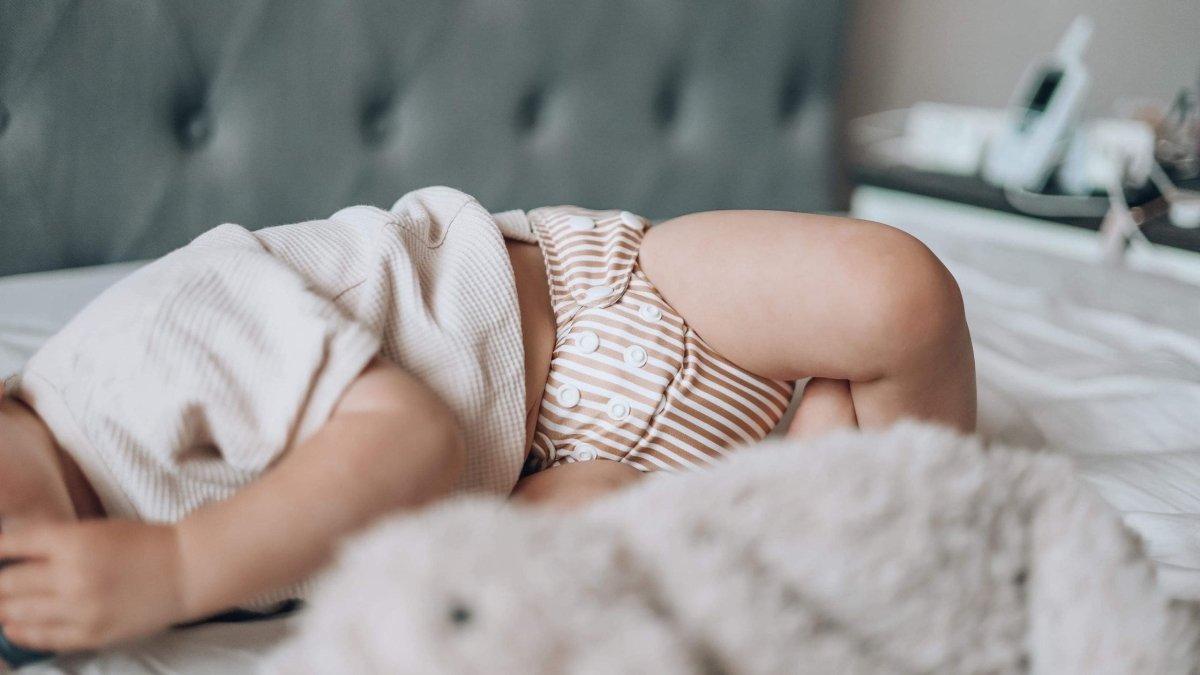









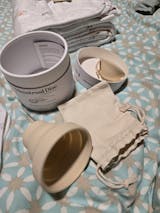

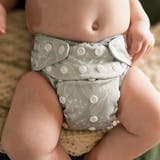







Leave a comment
All comments are moderated before being published.
This site is protected by hCaptcha and the hCaptcha Privacy Policy and Terms of Service apply.